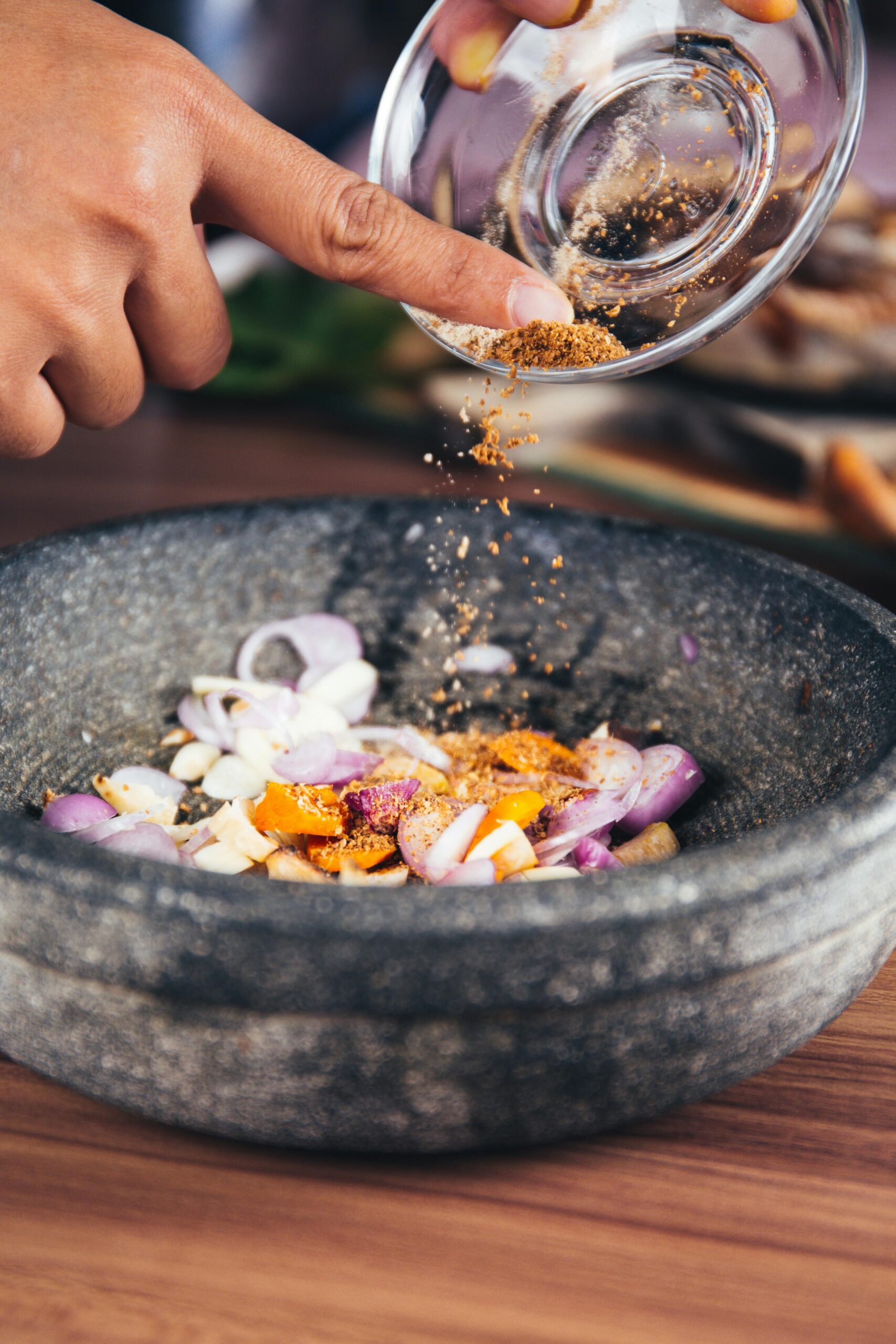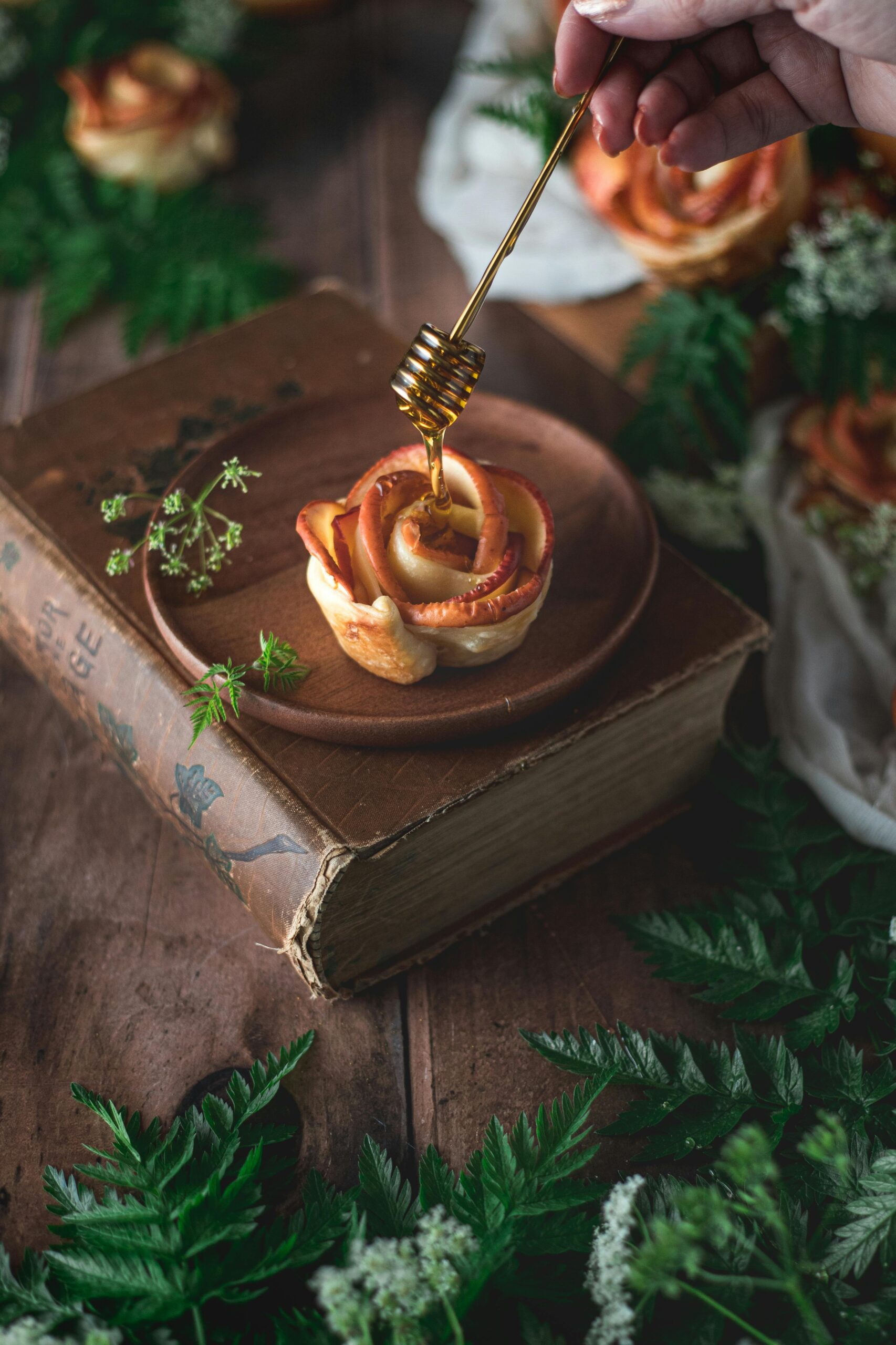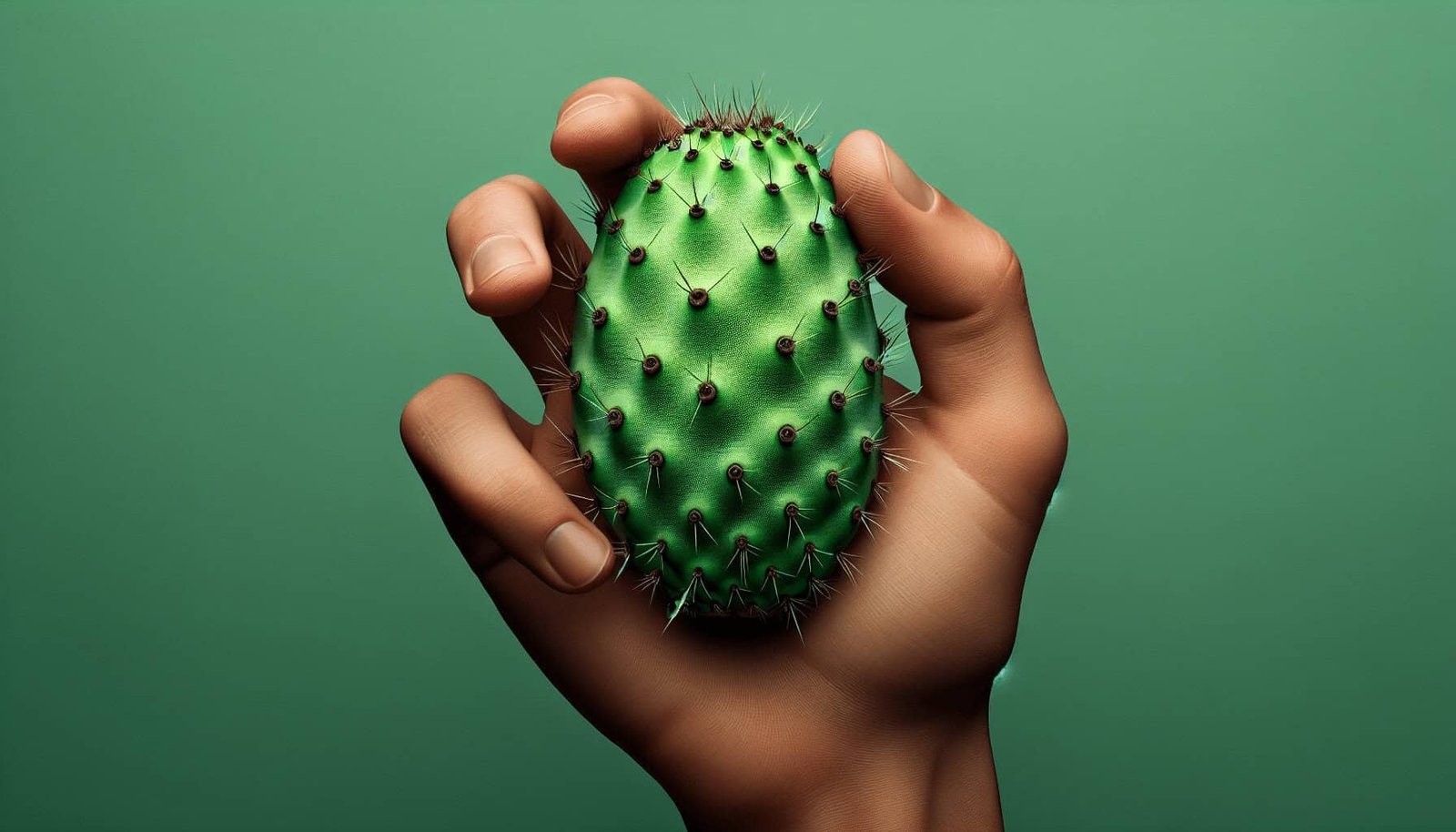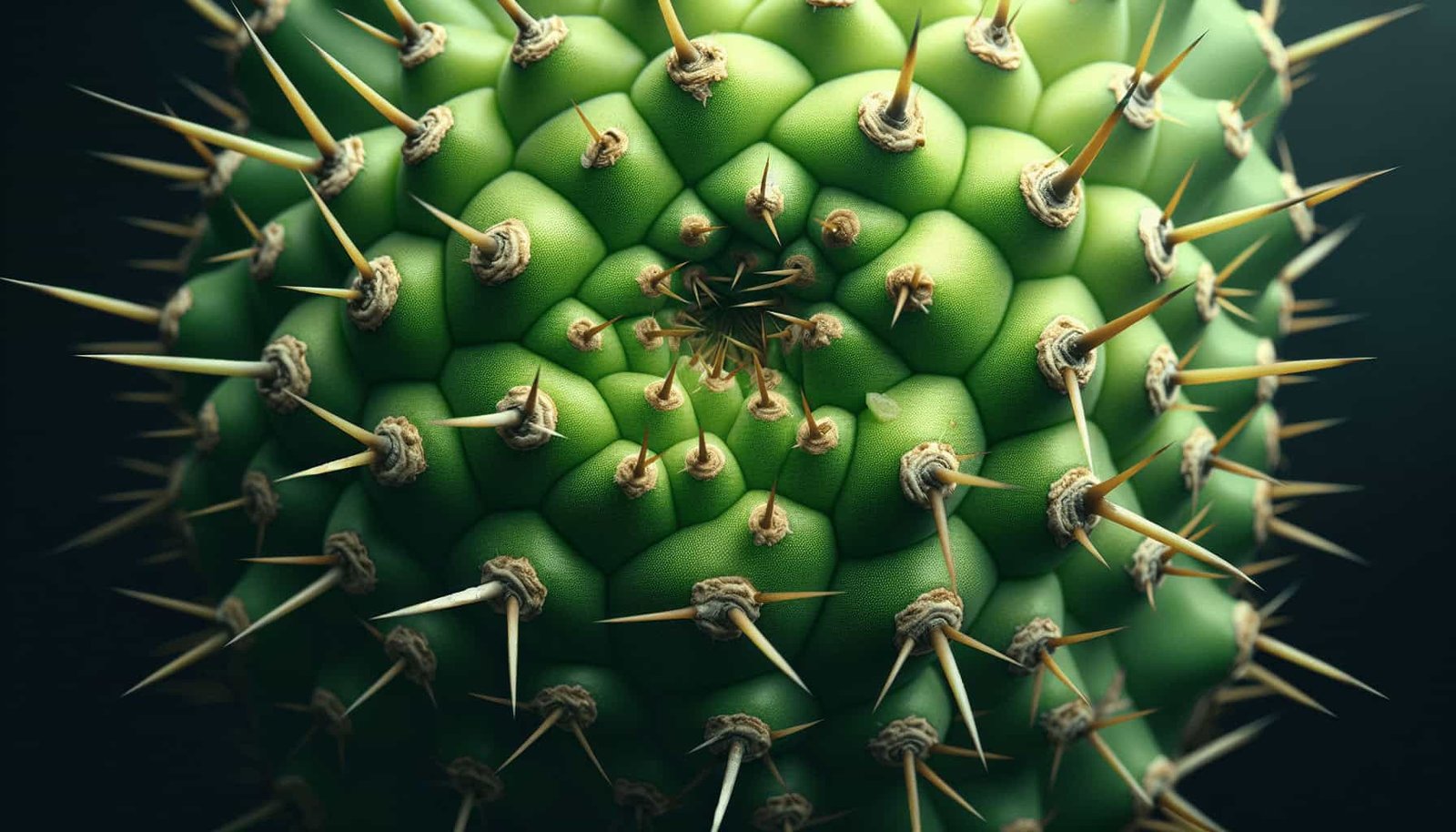Do you often find yourself wondering how to tackle the prickly challenge of removing thorns from Nopal pads? Whether you’re an amateur cook stepping into the kitchen with Nopal pads for the first time or a seasoned chef looking to enhance your technique, understanding how to properly handle this culinary delight is essential. Nopales, which are the pads of the prickly pear cactus, are delicious and nutritious but can be tricky to prepare due to their thorny exteriors.

What Are Nopal Pads?
Nopal pads, commonly known as Nopales, are the edible parts of the prickly pear cactus. These green, flat pads are highly valued in many cuisines, particularly in Mexican dishes. Nopales are rich in vitamins, minerals, and fiber, making them a healthy addition to various recipes. However, before you can enjoy their taste and nutritional benefits, you need to master the art of removing their thorns safely and efficiently.
Understanding the Thorns
Why Are Thorns a Problem?
The thorns on Nopal pads are not just a minor inconvenience; they can be sharp and painful if not handled correctly. Removing these thorns without damaging the flesh of the pad is crucial for both safety and the quality of the prepared Nopal.
Types of Thorns
Nopal pads have two types of thorns: large, prominent thorns and smaller, hair-like spines known as glochids. Both types of thorns can cause discomfort, but the method of removal differs slightly for each.
| Thorn Type | Description | Importance of Removal |
|---|---|---|
| Large Thorns | Easily visible, sizable thorns | Can cause significant injury |
| Glochids | Tiny, hair-like spines | Can cause irritation and discomfort |
Preparing for Thorn Removal
Gather the Necessary Tools
To effectively remove the thorns, it’s essential to have the right tools on hand. Having the proper equipment will not only make the process easier but also safer.
| Tool | Purpose |
|---|---|
| Gloves | Protect your hands from thorns |
| Tongs | Useful for gripping and holding the Nopal pad |
| Knife | Sharp and sturdy, preferably with a narrow blade |
| Cutting Board | Provides a stable surface for work |
Choosing Fresh Nopal Pads
Fresh Nopal pads are easier to work with as they are more pliable and less likely to break during the thorn removal process. Look for pads that are firm and bright green without any spots or signs of wilting.
Step-by-Step Thorn Removal Process
Step 1: Protect Yourself
First and foremost, protect your hands by wearing gloves. Nopal thorns can be sharp and painful, so this step is essential to avoid injury. Use tongs to handle the pads, especially if you notice a particularly thorny one. This will offer an extra layer of safety.
Step 2: Rinse the Pads
Rinse the Nopal pads under cold running water. This helps to remove any loose dirt and makes the pads less slippery, reducing the risk of cutting yourself while working.
Step 3: Lay the Pad on a Cutting Board
Place the Nopal pad flat on a cutting board. Holding it securely with tongs or your non-dominant hand, make sure it stays stable throughout the process.
Step 4: Trim the Edges
Using a sharp knife, carefully trim the edges of the pad. This helps to remove the smaller thorns that often grow along the perimeter. Be sure to cut just enough to remove the thorns without wasting too much of the pad.
Step 5: Remove the Large Thorns
Position your knife at the base of a large thorn and carefully slice underneath it. Continue this process for each large thorn until they have all been removed. This step requires patience and precision, so take your time to avoid cutting too deeply into the pad.
Step 6: Tackle the Glochids
The smaller spines, or glochids, are more challenging to see but equally important to remove. Using a scraping motion with the edge of your knife, gently scrape the surface of the pad. Be thorough and make multiple passes to ensure all glochids are removed.
Step 7: Final Rinse
Once you have removed all visible thorns and glochids, give the Nopal pads another rinse under cold water. This helps to wash away any remaining debris and ensures the pads are clean and ready for cooking.

Post-Thorn Removal
Inspect the Pads
Before proceeding to cook or store your Nopal pads, take a moment to inspect them closely. Ensure there are no remaining thorns or glochids. Running your hand gently over the surface can help identify any missed spots. If you find any, simply use the knife to address them.
Storing Nopal Pads
If you’re not using the Nopal pads immediately, it’s important to store them properly to maintain freshness. Place the pads in a plastic bag or an airtight container and store them in the refrigerator. They can last for up to a week when stored correctly.
| Storage Method | Duration |
|---|---|
| Plastic Bag | Up to 1 week in the refrigerator |
| Airtight Container | Up to 1 week in the refrigerator |
Cooking Nopal Pads
Popular Cooking Methods
Nopal pads can be cooked in various ways, each bringing out different flavors and textures. Whether you prefer grilling, boiling, or sautéing, the versatility of Nopal pads makes them suitable for a range of dishes.
| Cooking Method | Description |
|---|---|
| Grilling | Imparts a smoky flavor and enhances texture |
| Boiling | Softens the pads; commonly used in soups and stews |
| Sautéing | Adds flavor and can be combined with other ingredients |
Recipe Ideas
Nopal pads can be added to salads, tacos, scrambled eggs, and numerous other dishes. They pair well with a variety of ingredients, making them a versatile addition to your meals.

Health Benefits of Nopal Pads
Nutritional Value
Nopal pads are packed with essential nutrients, making them a healthy choice for any diet. They are a good source of vitamins A and C, calcium, and magnesium. Additionally, they are rich in dietary fiber, which aids in digestion.
| Nutrient | Benefits |
|---|---|
| Vitamins A and C | Enhance immune function and skin health |
| Calcium and Magnesium | Support bone health |
| Dietary Fiber | Aids in digestion and promotes satiety |
Potential Health Benefits
Consuming Nopal pads may offer several health benefits, including improved digestion, reduced inflammation, and better blood sugar control. Their antioxidant properties can help protect against various diseases.
Common Mistakes to Avoid
Improper Handling
Not wearing gloves or using tongs can result in painful injuries. Always protect yourself by using the proper tools.
Incomplete Thorn Removal
Failing to remove all thorns and glochids can lead to an unpleasant eating experience. Take your time to ensure every thorn is adequately removed.
Skipping the Final Rinse
Skipping the final rinse can leave behind thorn remnants. Always give the pads a thorough rinse after thorn removal to ensure they are clean and safe to consume.

FAQs About Nopal Thorns
Can I Eat Nopal Pads Raw?
Yes, you can eat Nopal pads raw, but they are often enjoyed cooked. Raw Nopales have a crunchy texture and slightly tangy flavor.
Are All Nopal Pads Edible?
Most Nopal pads are edible, but it’s best to select young, tender pads for cooking. Older pads can be tough and fibrous.
How Can I Reduce the Slime in Nopal Pads?
Nopales release a sticky substance when cooked, similar to okra. To reduce this slime, you can blanch the pads in boiling water for a few minutes before cooking them in your desired method.
Is It Possible to Buy Pre-Cleaned Nopal Pads?
Yes, many grocery stores and markets offer pre-cleaned Nopal pads. However, cleaning them yourself ensures freshness and allows you to control the quality.
Conclusion
Removing thorns from Nopal pads can seem daunting, but with the right techniques and tools, it becomes a manageable task. By following the steps outlined above, you can safely and efficiently prepare Nopal pads for cooking. Not only will you enhance your culinary skills, but you’ll also enjoy the numerous health benefits these nutritious pads have to offer. Happy cooking!


